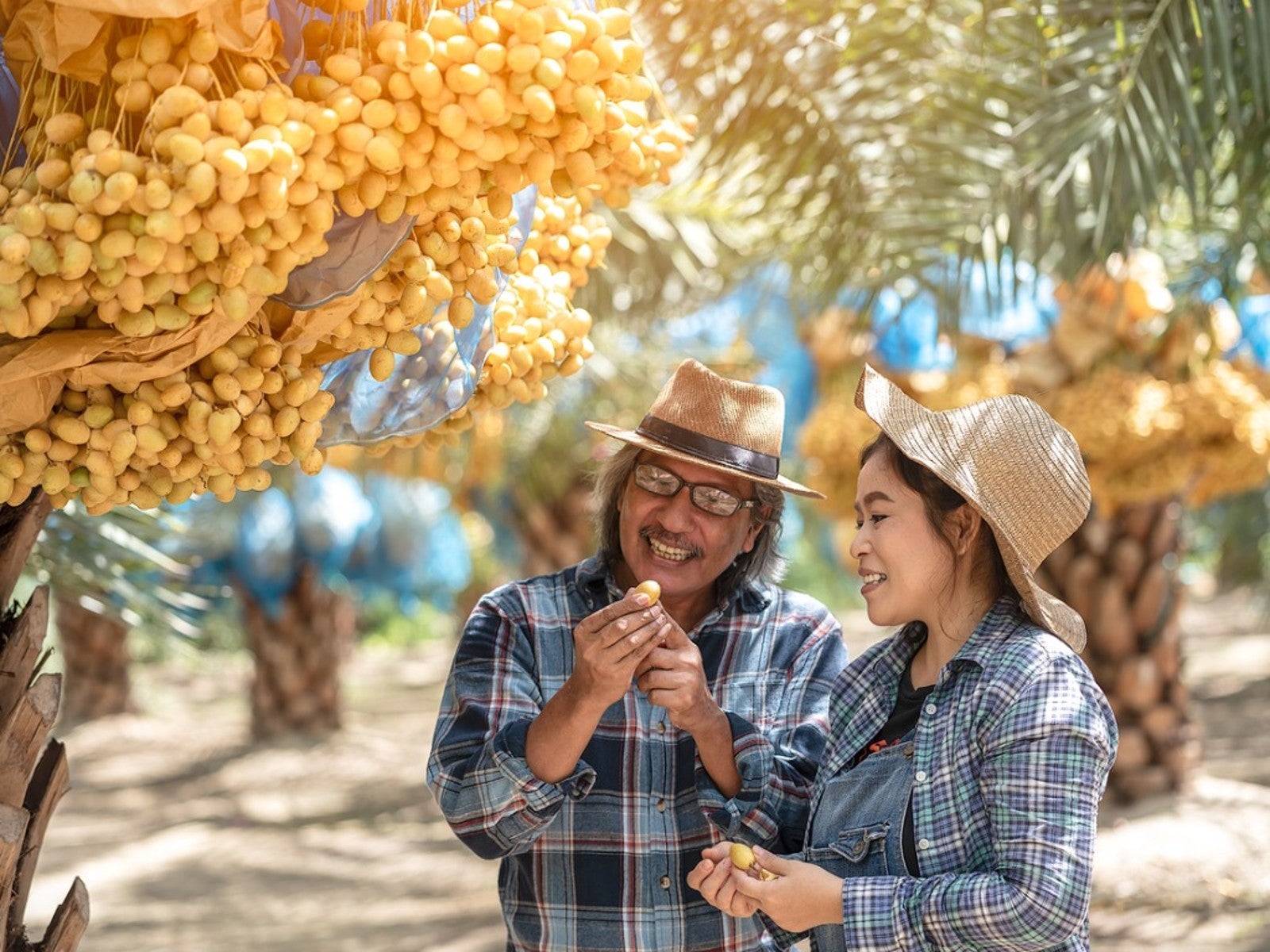Desert Permaculture Design And Techniques


The world is a diverse place, with many varied climates. Deserts pose one of the most challenging gardening conditions. Developing permaculture in desert settings takes some time, as each site is different and several systems need to be put into place to provide nutrients, moisture, and in some cases protection from sun and wind. The overall process of desert permaculture isn't for the faint of heart, but over time it will develop a producing and self-sustaining land.
Desert greening is the process of introducing species that thrive in the local conditions and contribute by adding biomass, nitrogen, and other items. The end result should ideally produce food for humans and animals, and take advantage of any source of water. Developing a desert food forest relies upon implementing important strategies combined with the proper selection of plants.
What is a Desert Food Forest?
Utilizing certain techniques, desert greening is possible. Many ancient civilizations had traditions that enhanced the ability to grow food and materials in inhospitable climates. They have much to teach modern gardeners about how to harness essential moisture and produce desert grown food.
A successful food forest in the desert relies upon a layering system of permaculture. Once established, this system will mimic a natural ecosystem providing a self-sustaining garden. The forest should mix native plants with plants that will be hardy in the region. Native plants have a natural advantage in that they are adapted to the conditions. Introduced plants must have drought and sun tolerance, and also be hardy to the temperatures experienced during the cold season. Tall and ground hugging plants are ideal.
Desert Permaculture Techniques
The arid food forest relies upon water as a crucial director of growth. Capturing as much water as possible, as well as diverting gray water can enhance irrigation possibilities. Structures like swales, can capture moisture, hold in, and keep plants with higher water needs healthy. Rain barrels and other units that capture rainfall will preserve water until it is needed.
Plant adaptable trees that will provide shade and cooling that minimizes water loss from soil. Before you plant, select the zones in the property that get the most water. Generally nearest the home is where water is most plentiful. Install plants that will need regular watering closest to the house or other structure.
Select local plants where possible that will provide food and other benefits. Wild chiltepin, prickly cactus, agave, cholla, amaranth, and mesquite trees are all adaptable and are valuable food sources.
Gardening tips, videos, info and more delivered right to your inbox!
Sign up for the Gardening Know How newsletter today and receive a free copy of our e-book "How to Grow Delicious Tomatoes".
Benefits of Desert Permaculture
Developing a strategy for gardening in the desert provides a host of benefits.
- Builds soil fertility
- Enhances water conservation
- Protects crops from wind, cold, searing sun
- Reduces plant stress
- Encourages pollinators and wild life
- Provides food
- Beautifies
By combining wild plants with other food plants, the gardener’s diet can be more diverse. Avoiding high water plants is recommended; instead focusing on those that can still thrive in low moisture situations.

Bonnie Grant is a professional landscaper with a Certification in Urban Gardening. She has been gardening and writing for 15 years. A former professional chef, she has a passion for edible landscaping.